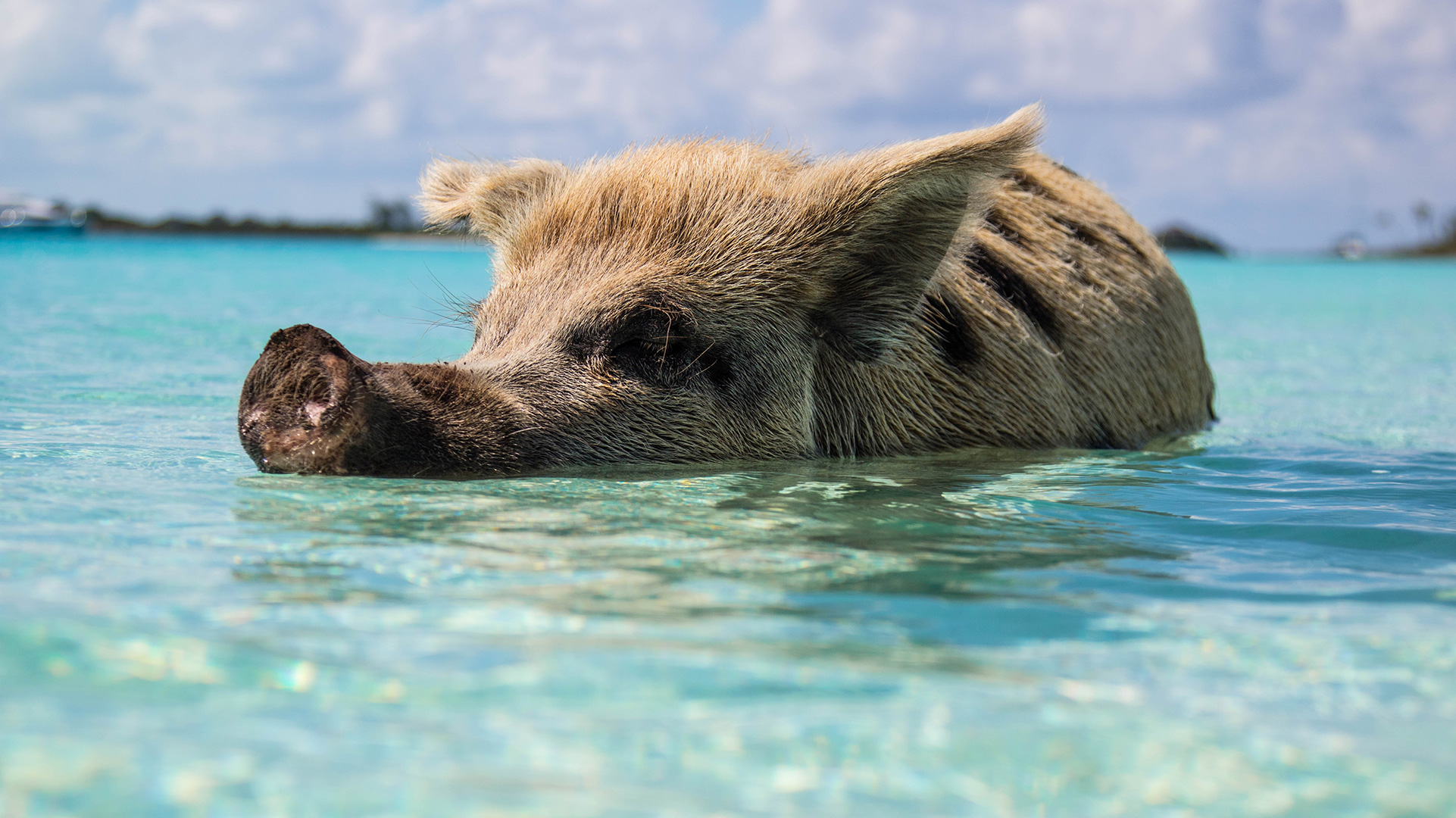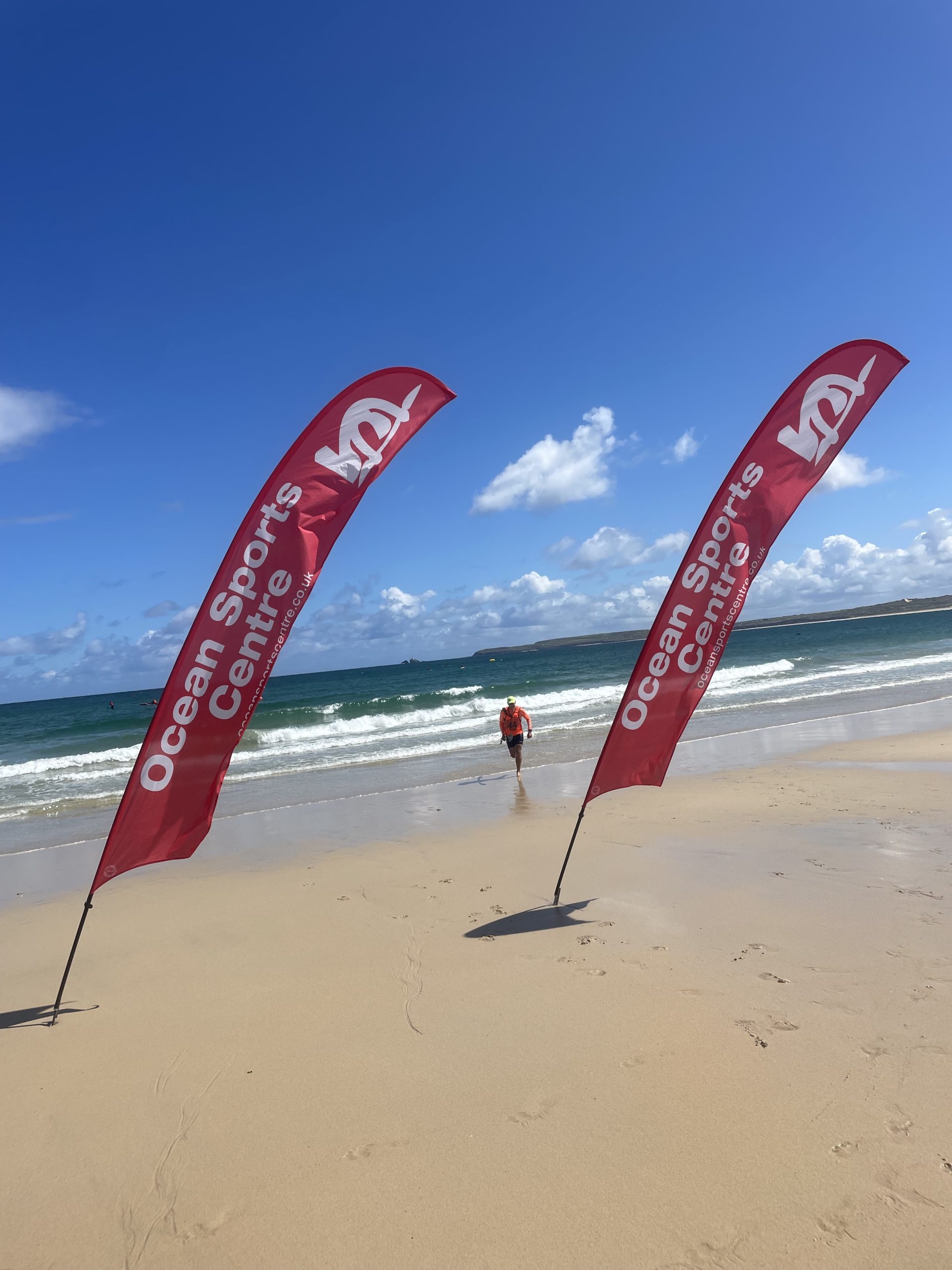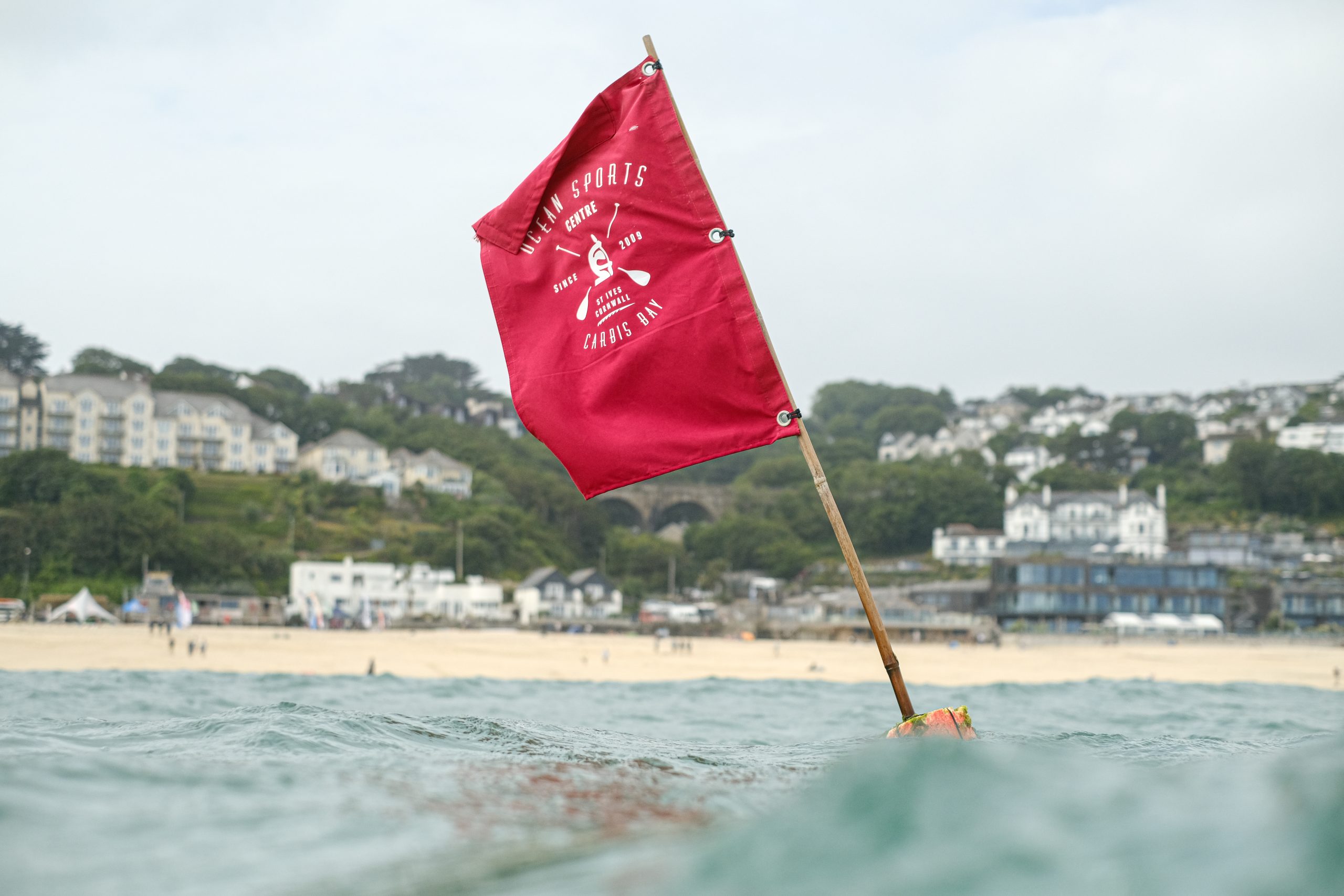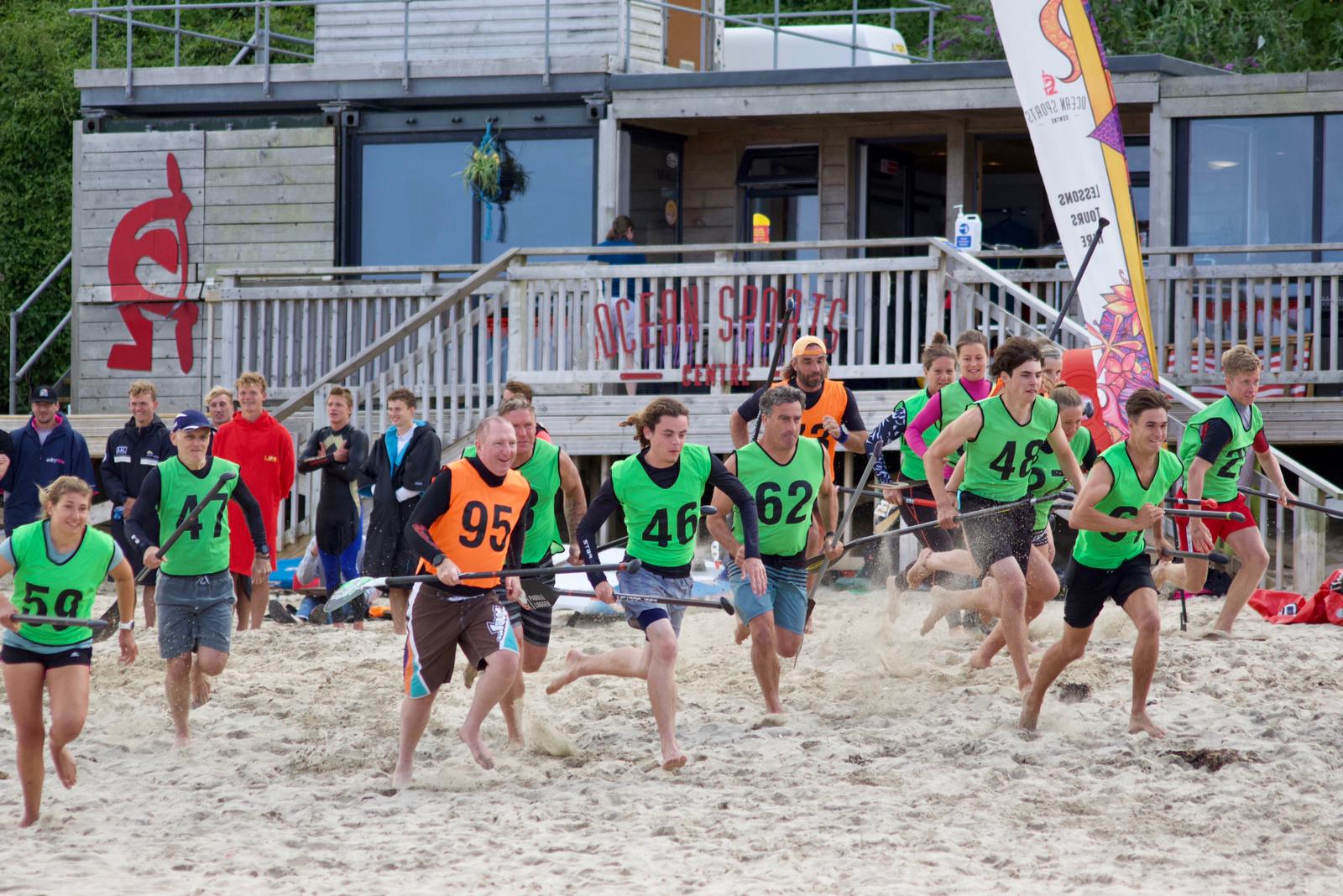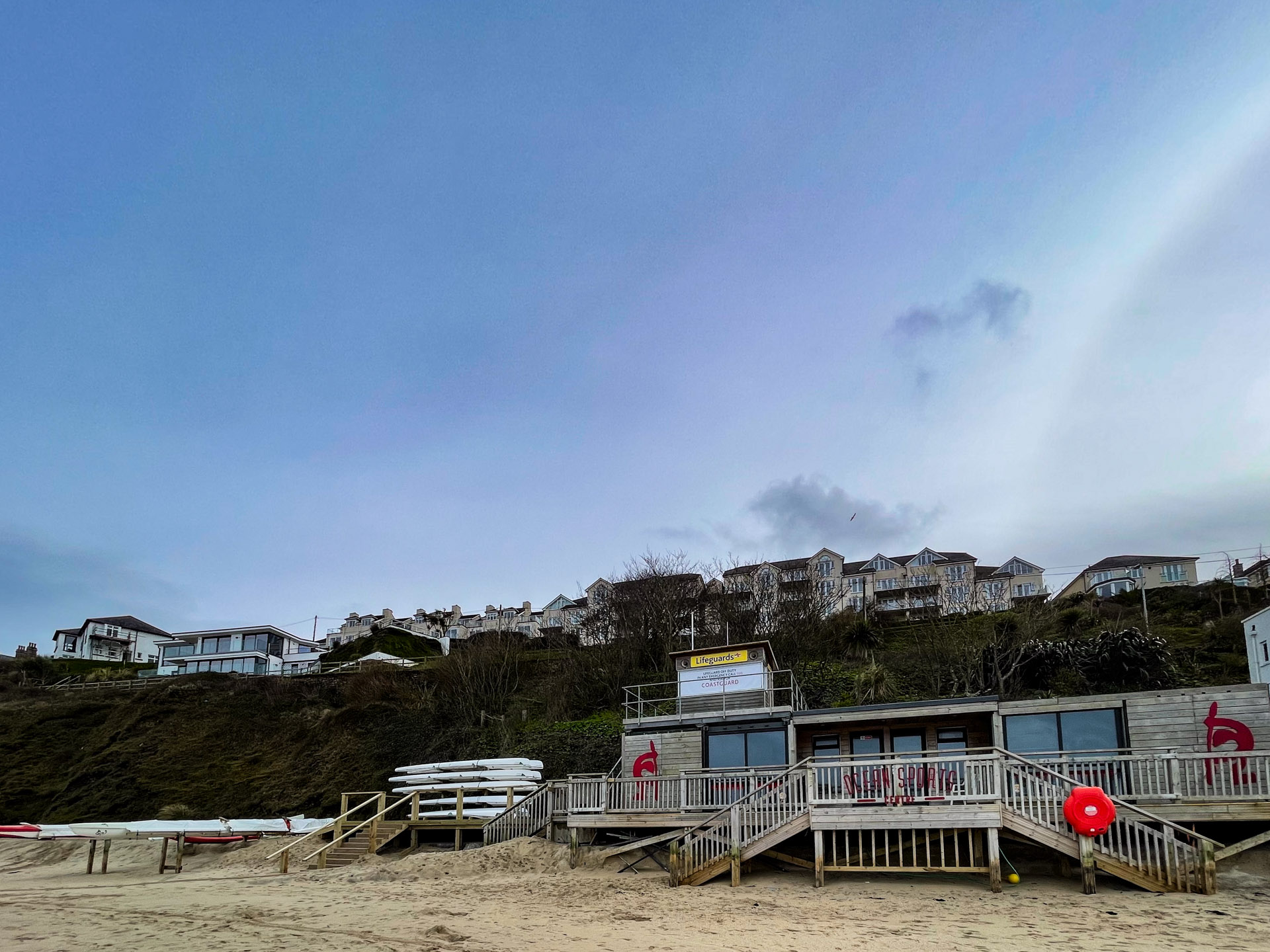Article 3: The Noses Have it!
Breathing through our noses improves our mood, helps us to think more clearly, improves our athletic performance by up to 20%, and can influence how well our teeth organise themselves along our jawline when we are developing as children! Who’d have thought that simply switching from breathing through our mouths to our noses would have such a massive impact on our lives? In this article, we will find out why and how.
So far in this series, we have discovered that focusing upon what we want to happen rather than what we want to avoid, remember that parked red car, we are more likely to bring about a more successful outcome as well having a more fulfilling experience while doing it. When combined with gaining an understanding of where worry originated, not in terms of a specific cause, but in light of how it would have served us from an evolution point of view we start to gain a semblance of how we can more positively deal with these unsettling times.
Aside from the obvious, keeping us alive, breathing is the single action we can do which not only directly affects the subconscious process which reinforces our alarm system but its effects are immediate. Breathing through our nose is something we have evolved to do but surprisingly is something which we now largely overlooked, impacting our wellbeing in addition to far-reaching effects in relation to physical activity and sporting performance.
I have to admit that some are more adept at breathing through their noses than others, my uncle once told me as a young lad, “I have a Roman nose…”; immediately images of Julius Cesar flicked across my mind along with feelings of grandeur and prowess “…yeh, it’s roaming all over your face!” Only to be dashed upon the cruel rocks of hubris! Anyway, my snout, as you may gather, is a little larger and a little straighter than most, from a purely health and recreation standpoint it makes little or no difference, according to sports scientist, to the effectiveness of my snout, however, once we start to move at a pace that’s when the old snoz comes into its own. Those of us with more Romanic profiles are simply able to squeeze more in but, before we get too excited with more is better let’s take a step back and take a look at the factors which affect our breathing.
When faced with a threat our bodies immediately prime themselves for some form of action and our respiratory rate and depth changes to reflect this. Think of a time when you were nervous or when you were about to do something you really weren’t keen on, say sitting on a roller coaster, or watching a scary movie; did you ever notice your breathing? If you had, you would have noticed that it had increased in an attempt to get more air, and therefore oxygen, into the lungs. If you were really tense, breaths may have been short and rapid which serves only to heighten your state of worry or anxiety. If you can’t remember, try it now while sitting, provided you are not sat on a crowded train, take five or six short and fast breaths (please make sure that you are sat down, if you become dizzy, stop). Now think about how you feel having done this. Now try the opposite, breathe slowly with control in and out with for five breaths. Now compare the two breathing rhythms, which set you at ease the most? Very likely the slow in and out.
So why does this work?
From a psychological perspective our breathing is the only autonomic process we can take control over, if we wish. An autonomic process is a thing our body does which we do not consciously control i.e. controlling each and every heart beat or digesting our food, by and large, our breathing is the same however, its rhythm, depth and rate all feed into this subconscious control we are not aware of. If our breathing is rapid, we are unlikely to consciously pick up on it initially but, our minds do. So why does it matter? It matters because we are likely to feel a little out of sorts, concentration flits all over the place, perhaps you may feel a little worried or even anxious without really knowing the reason why, and all this, stems in part, from our breathing and without us being aware of it. If we look toward the natural world we can see other animals following a similar principle.
Anyone with a pet dog you can often see them panting, generally they are under stress. Stress can be anything from recovering from a run, dealing with getting hot, an illness or fretting. Most animals have evolved to be nasal breathers, we too are animals, so perhaps we simply need to relearn how to breath again? In terms of physiology, the internal structure of our lungs are made up of what look like ribbed pipes leading to a mini forest of upside down broccoli, with each branch becoming increasingly smaller and smaller. It is only the very tiniest of these branches where we are able to exchange gas, swapping oxygen for carbon dioxide. The greatest density of these bundles, we call alveoli, are located in the deeper section of our lungs. So not only does a slower deeper rhythm send a subconscious message to us that all is good in the world but also we are sending oxygen rich air to the place in our lungs which are the most effective at getting much needed O 2 into our blood. Obviously, this has a direct impact upon our ability to function but many do not realise the additional O 2 enables us to think better. Winner, winner, chicken dinner!
The benefits don’t just stop there. When we breath through our nose and air passes through our nasal cavity it carries with it a chemical compound which actively opens up all of our air sacks (the upside down broccoli) containing the alveoli making them even more effective at swapping gases. Scientists have only recently established that Nitric Oxide lines the nasal passage which then opens up the airways of the lungs when breathing in.
The good news is that scientist have established that pretty much everyone can benefit from breathing through their noses and even when exercising up to a moderate intensity. Moving beyound 50% of perceived exertion, requires a little more practice however, so if you are struggling to keep nasal breathing going while walking up a hill or the stairs there is a good reason. Research has shown that physiological adaptions have to occur for us to rediscover our nasal breathing both in terms of getting the air in via a restricted passage and dealing with lower volumes of air in the lungs.
Getting the most out of what you have got.
Now that we know a little more about the benefits and how it can positively influence our mood and concentration, we can focus upon what this means to us when exercising.
At rest average respiratory rate is around 24 breaths per minute, for most adults, when breathing through our mouths, switch to your nose and this is drastically reduced by half, or more! Some of you may have caught on already that if we are taking fewer breaths using a restricted passage the volume of air in the air in our lungs will surely reduce? This is true but the benefits massively outweigh the downside.
Breathing less means it costs us less to breathe, the respiratory muscles are quite expensive to run, and when we exercise we are not always overtly aware of how hard they are working. For example, the diaphragm, rather than a thin lining separating the chest from the abdomen it is a thickly muscled sheath, as it moves it changes the pressure in the chest allowing air to either rush or out. Plus, the muscles between our ribs, the intercostal muscles, help lift the rib cage along with our shoulders, all of which increase the cost of breathing.
The upshot? Breathing less costs less but, what about the lower air volume breathed per minute? In short, while we have less air we are better able to use what we have.
And there’s more. Breathe on a window or mirror and you will soon see the surface will mist up, water vapour is present in our expelled air all of the time and this has an impact upon our blood circulation. Like everything, sweating costs more energy, approximately 500Kcal per liter per hour. And the sweat, it has to come from our blood, the none blood coloured like material known as plasma.
When we exercise we pretty much start sweating straight away, carry on exercising beyond 20 minutes and our heart rate will continue to rise even if exercise intensity remains the same. This is because as we lose some of our plasma to sweat our total blood volume reduces, known as cardiovascular drift. When we breathe through our mouths, especially on a particularly dry day (hot or cold) we hemorrhage water content, breathing through our nose enables us to hold onto this valued liquid, ultimately aiding long term performance. Combined, this has been shown to improve exercise performance by up to 20% – when events can be won or lost by fractions of a percentage this is huge.
Everyday practice
Turn your attention to breathing through your nose daily when sitting, reading, watching the TV, or walking. Initially, this may feel a little strange but as you practice more you will be surprised at how quickly your nose opens up! If it is a little stuffy, try not to blow it too much, this kind of aggravates things a little and can restrict the passages in your nose.
Remember, it is not how much air we get in but how much of it we use, ultimately we should be able to breathe so gently that the hairs in your nose should only gently sway! Exercising above 50% will take time, both in terms of psychology, it can feel like you are trying to suck a golf ball through a hosepipe at times! Remember that there are real physiological changes that must occur before you can start pushing hard, breathing only through your nose, and can take up to eight weeks to fully occur.
I have been working on this for just over five weeks now and I am just starting to be able to push close to 70% of my usual work rate. I started by being more aware of breathing through my nose during the day, all of the time. When I started to exercise I was forced to go much slower, initially this lasted for a week or two, as I climbed a small hill running or pushing to get onto a runner paddling I would feel like I had real air hunger and would tense up.
What I found personally interesting is I now manage my system much better, instead of trying to simply suck more air in through my nose, I would try to relax way more, reminding myself that the air around me contains close to 21% oxygen and that we only use 5% so I had plenty in my lungs, I simply had to relax more. By doing this I felt like I was actually getting more in and felt less panicked trying to cram more in. Please be aware that if at any point you start to become dizzy or start to lose your balance, stop and breathe through your mouth. Once returning to normal, start at a much slower pace, be patient, it will come.
Five Breathe Technique.
This is a classic technique used by sports psychologists, not only does it help to refocus ready for an event but it is a great way to become calmer without anyone realizing what you are doing. Initially, try it at home in a quite place, it should take only three minutes or so. With your mouth gently closed and your tongue placed on the roof of your mouth gently breathe in through your nose slowly, but comfortably, counting to five as you do, pause, breath out counting to five again, pause, breathe in but now to six, pause and exhale counting to six. Continue until you have reached the count of ten. I can guarantee you that you will not only have forgotten what ever your worry was but will feel way calmer, focused, and strangely energised. If counting to ten is a little too much start on a lower number, say three, similarly, as you progress you can start on six instead.
The information contained here is based upon Journal articles published by the Journal of Sport Science Research; The Effect Of Nasal Breathing Versus Oral and Oronasal Breathing During Exercise: A Review; Dallum and Keis 2020 and the work of McClarren et al 2018, Triathlete Adapts To Breathing Restricted To The Nasal Passage Without Loss In Vo2max Or Vvo2max in the Journal of Sport and Human Performance. Dallum et al Effect of Nasal Versus Oral Breathing on Vo2 max and Physiological Economy in Recreational Runners Following an Extended Period Spent Using Nasally Restricted Breathing, 2018 published in International Journal of Kinesiology & Sports Science.

